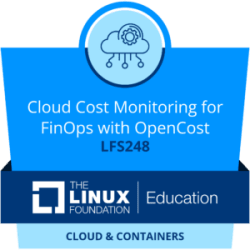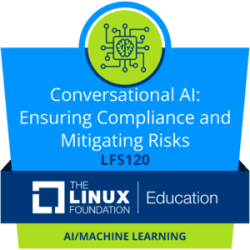Images
This course introduces you to PyTorch, one of the most popular deep learning frameworks, revealing how it can be used in your company to automate and optimize processes through the development and deployment of state-of-the-art AI applications. The course will help you identify the most common use cases of AI in the industry and how PyTorch’s ecosystem and the commoditization of deep learning models can help you integrate them into your business. You will also learn why ensuring data quality is critical for the successful deployment of AI applications, and why getting the right data should be the top priority for any AI project. The course will discuss several trade-offs involved in choosing the appropriate model for the task at hand: build vs. buy, black vs. white box, and the risk and cost of delivering wrong predictions. Finally, the course will discuss what happens after an AI application is deployed, addressing topics such as the inherent limitations of AI models, the mitigation of risks and vulnerabilities, and the challenge of data privacy.
This course targets technical and non-technical individuals interested in understanding how deep learning and PyTorch can be used to create business value through the development and deployment of AI applications.
Similar resources
The key to a successful open technology project is to ensure a neutral playing field for all developers, technologists, and companies to collectively contribute to project evolution and growth. The Linux Foundation was built on the idea of the democratization of code and scaling adoption, for all projects equally. Expert legal and governance support programs ensure everyone is on the same playing field.


IT Specification Basics for New Developers (LFD141)

Security for Software Development Managers (LFD125)

Kubernetes入門 (LFS158-JP)

Cloud Cost Monitoring for FinOps with OpenCost (LFS248)

Conversational AI: Ensuring Compliance and Mitigating Risks (LFS120)








